Brief Introduction
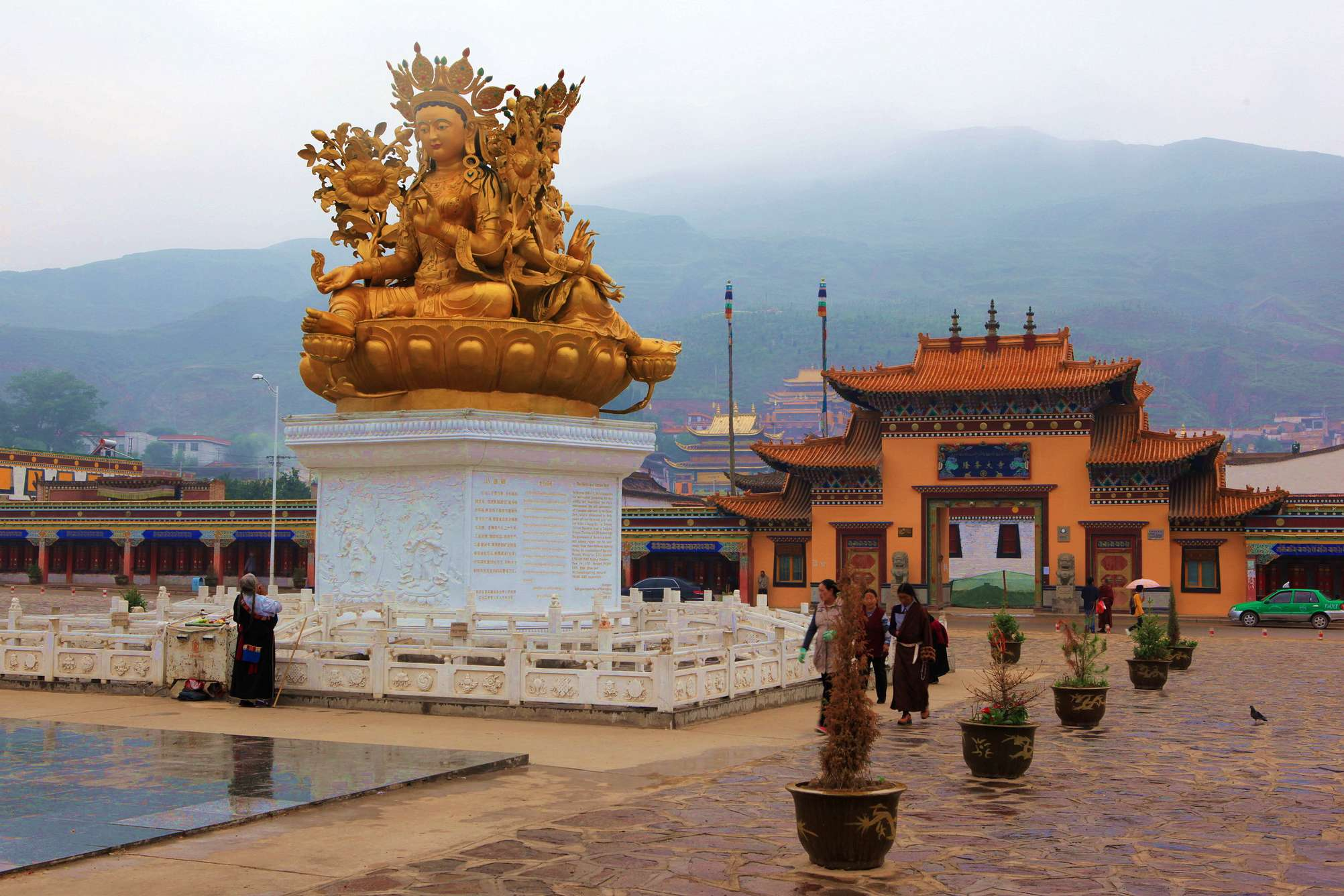
Rongwo Monastery is located on the banks of the middle reaches of Longwu River and has a pleasant climate. It is a Major Historical and Cultural Site Protected at the National Level. It is built on a mountain, with a patchwork layout and magnificent decoration. There are three schools: Exotoric Buddhism, Esoteric Buddhism, and Kalachakra. Rongwo Monastery covered an area of 380 mu and had 35 halls in its heyday.
Main Assembly Hall is located in the center of the temple, with a construction area of more than 1700 square meters, with dozens of statues such as Sakyamuni in exquisite shape and solemn, especially the statue of Tsongkhapa Master 11 meters high, the base circumference of 26 meters, and the whole body is gold-plated and studded with gold, jade and precious stones.
Rongwo Monastery is a famous Gelug temple of Tibetan Buddhism. There are various kinds of fine art and precious cultural relics in the temple, as well as many beautifully shaped Buddha statues, murals, embroidery, thangka, etc, and vast Buddhist scriptures and classics.
Long History
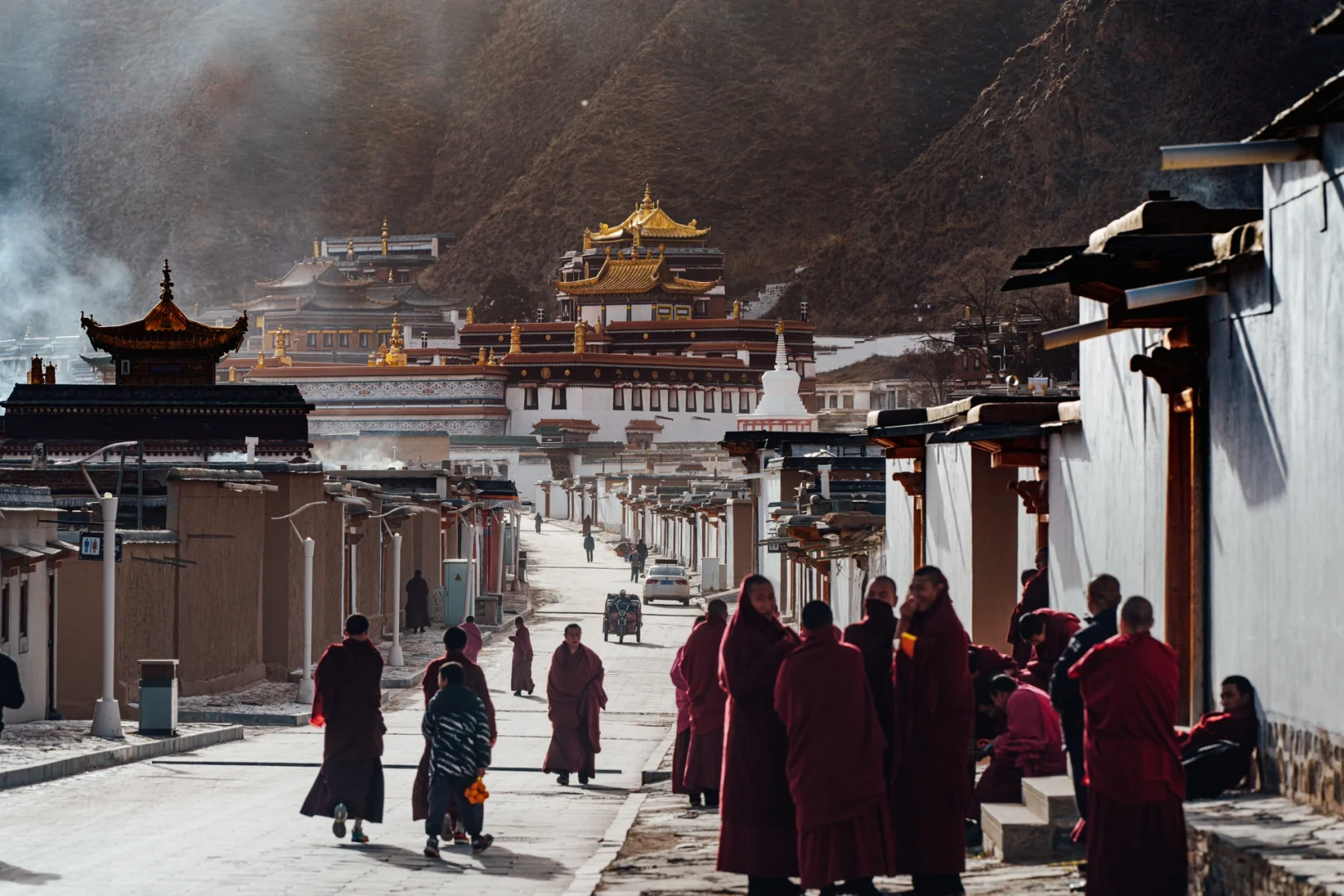
The temple was first built around 1301 AD when it belonged to the Sakya Sect of Tibetan Buddhism. In 1370 AD, the Ming court approved the construction of Rongwo Temple. In 1426 AD, the Buddhist monks and local people built the Main Assembly Hall under the support of the Ming Dynasty. Since then, successive generations of living Buddhas have expanded Rongwo Monastery. In 1734, Rongwo Monastery developed into a large Gelug temple with profound cultivation. On November 20th, 1996, it was announced as a Major Historical and Cultural Site Protected at the National Level.
Magnificent Architecture
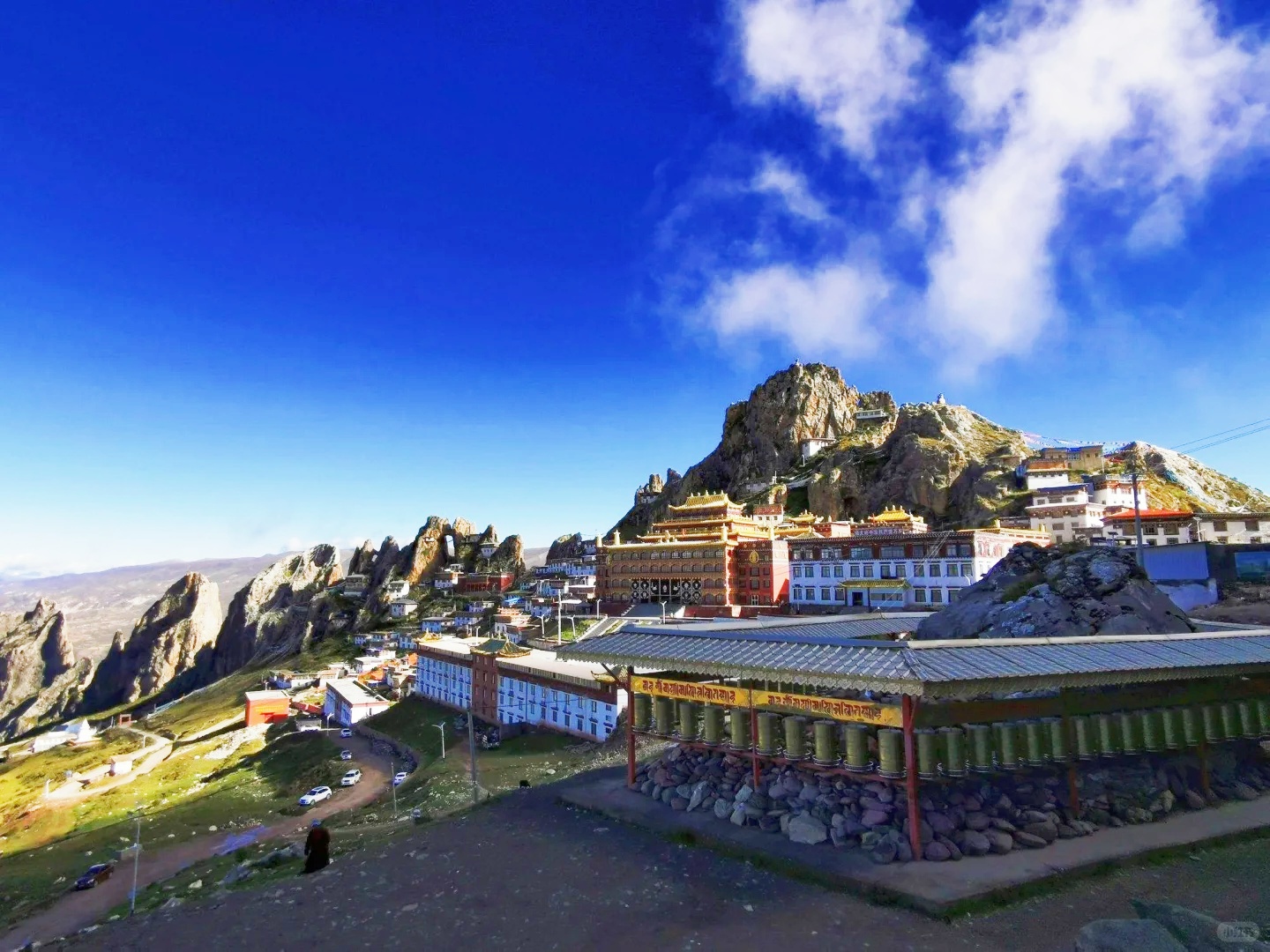
Rongwo Monastery was built on a mountain, with a patchwork layout and magnificent decoration. The overall layout of Rongwo Monastery seems like a free-flowing development, but there are rules to follow. Rongwo Monastery is centered on Shakya Buddha Hall. It uses the mountain to occupy the highest point and becomes the most magnificent and conspicuous core building of Rongwo Monastery. Around the terrain large and small Buddhist halls, such as Manjusri Bodhisattva Hall, Maitreya Buddha Hall, and Dharma Hall, there are several living Buddha pagoda halls scattered in between. The ancient buildings of Rongwo Monastery with national, regional, and traditional characteristics have a heavy memory of history, and its internal and external buildings and architectural decoration show the magnificent characteristics of architectural art from content to form.
Tibetan Opera Culture
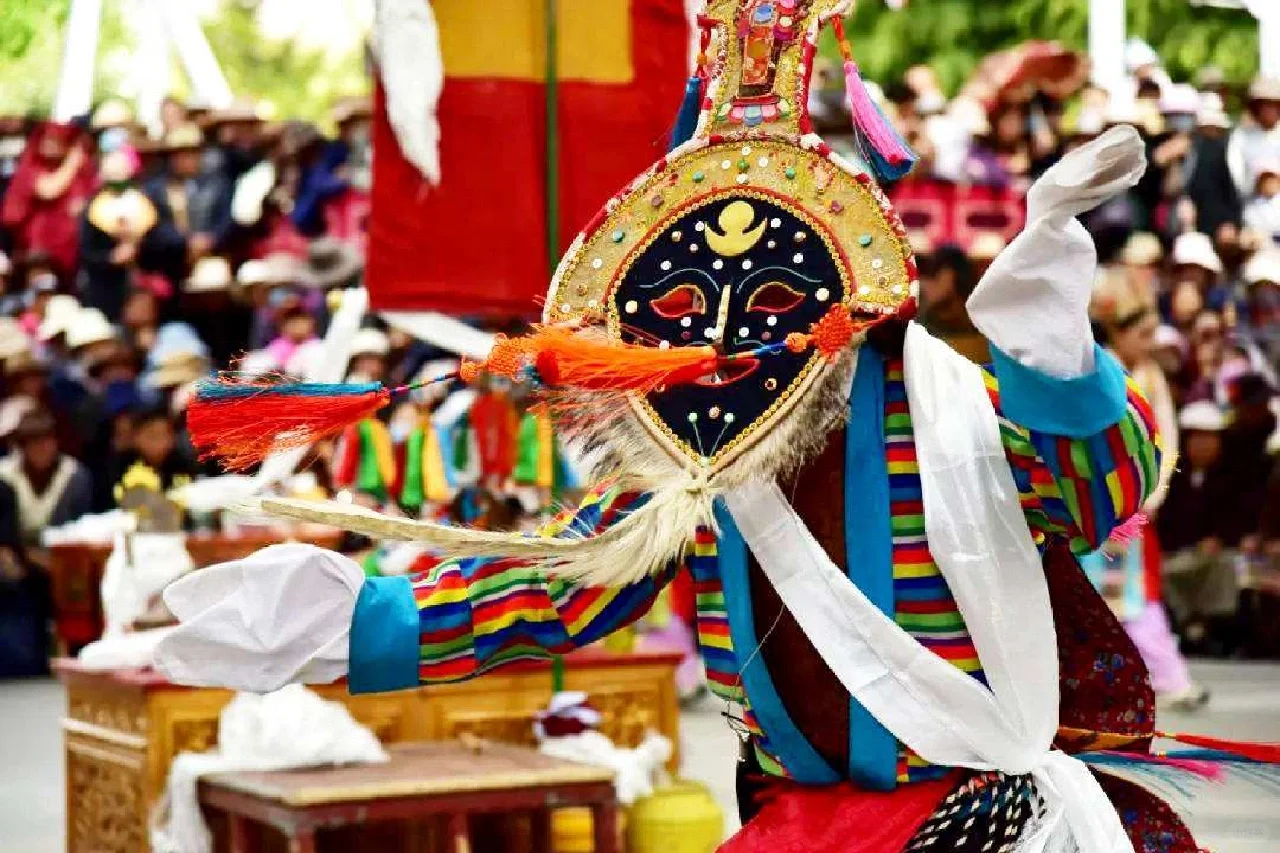
Rongwo Monastery, known as the base camp of Huangnan Tibetan Opera, plays a vital role in the protection and development of intangible cultural heritage in Huangnan Prefecture. Huangnan Tibetan opera first appeared in Rongwo Monastery, mainly from the religious life of the monks, and was closely connected with religious activities. With the introduction of Tibetan Buddhist culture and the further development of Rongwo Monastery, lamas and monks engaged in opera, song dance, and music appeared in Rongwo Monastery, which created conditions for Tibetan opera culture. After the middle of the 17th century, melodic instruments, some singing tunes, and story plots all showed a high level of development of opera culture, creating a precedent for Tibetan opera performance in the Longwu area.
Exquisite Craftsmanship
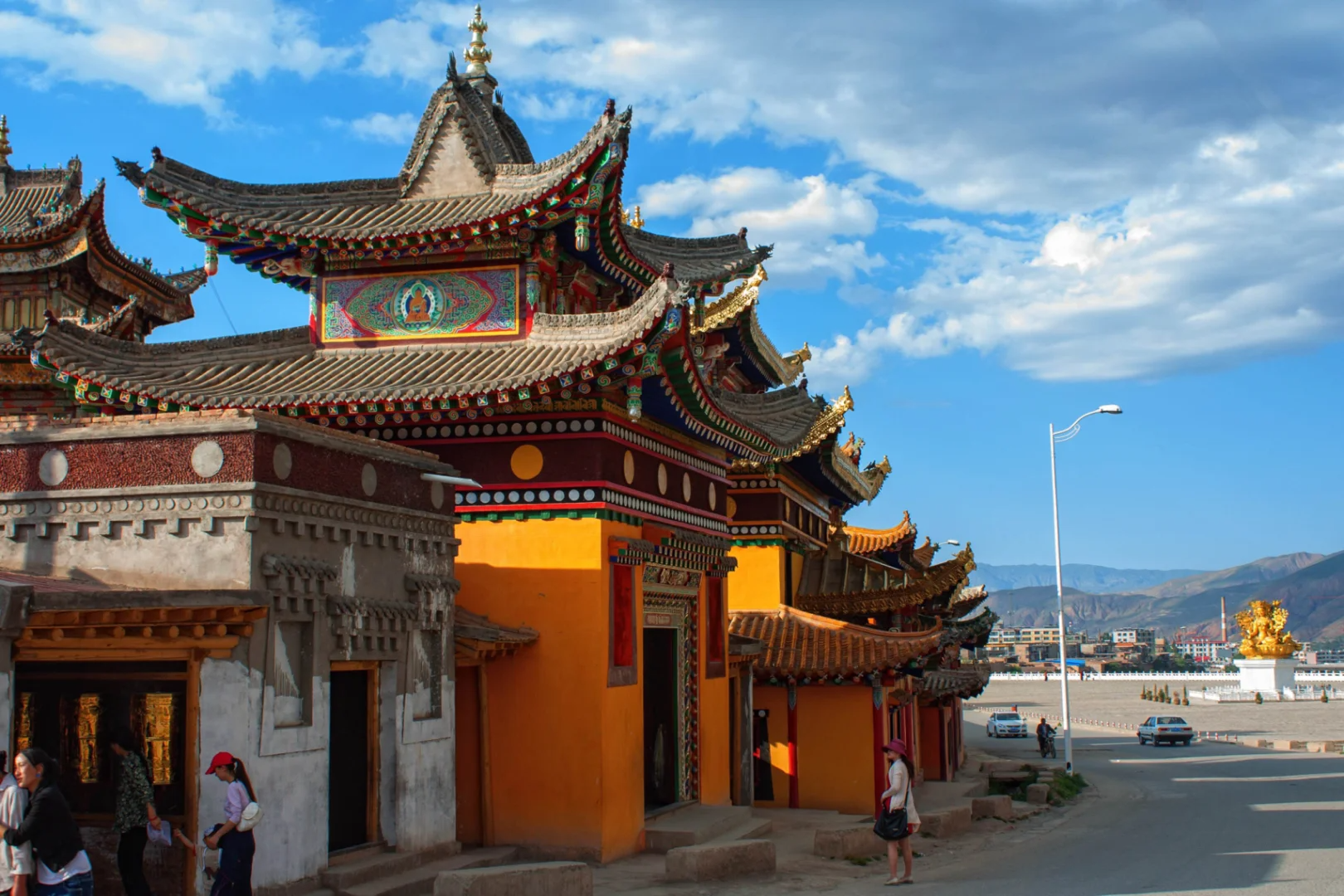
The architectural art of Rongwo Monastery in addition to the obvious division of the wall, the installation of Tibetan eaves on the wall, the decoration of the upper part of the wall, the main beams, arches, doors and Windows, shrines, Buddha statues, etc., are inseparable from the wood carving technology. The wooden structure of Rongwo Monastery is carved exquisitely, the knife technique is smooth. In a word, it is so gorgeous.
Precious Cultural Relics
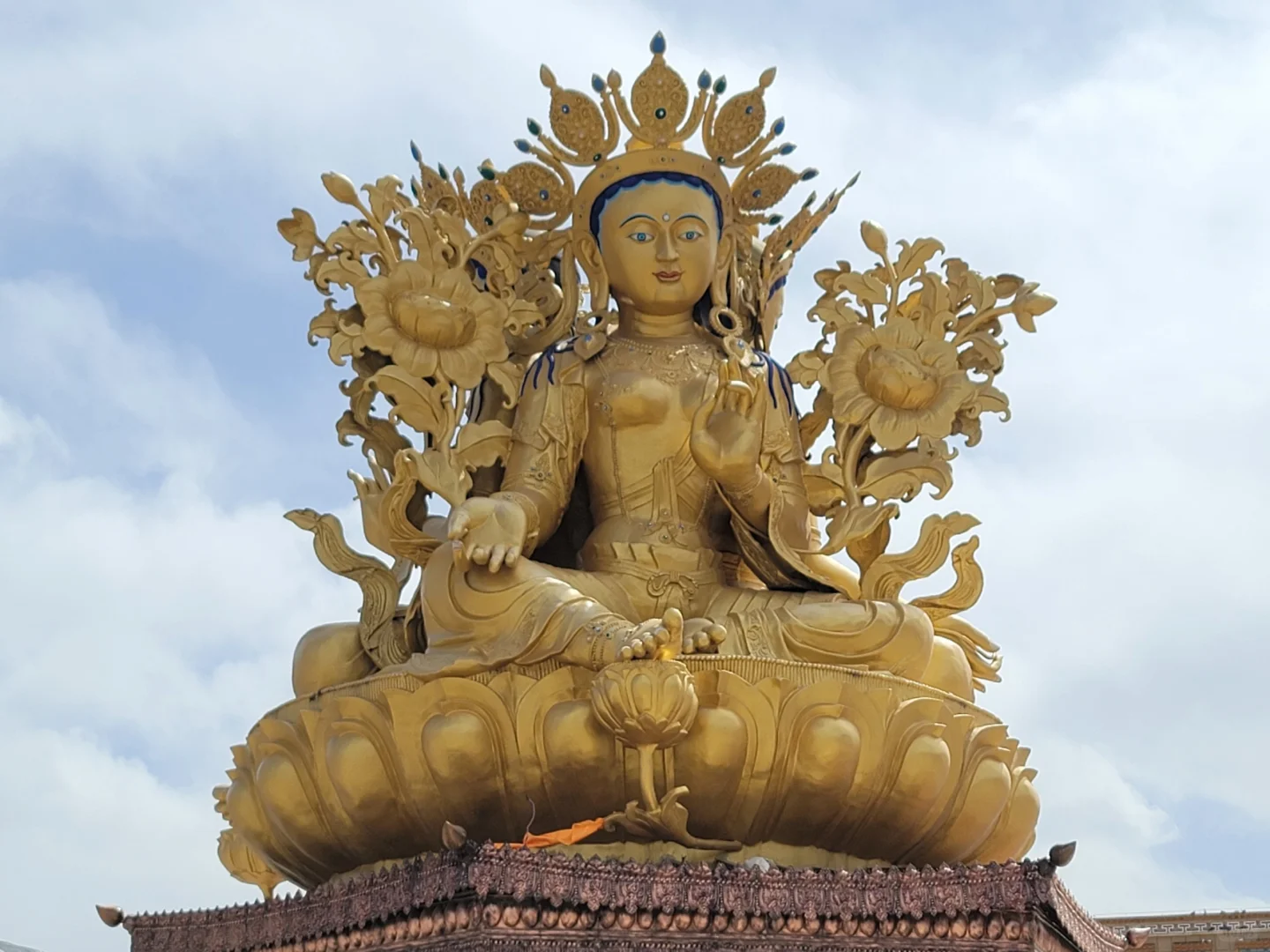
Rongwo Monastery has many precious cultural relics. For example, there are 10 statues of Sakyamuni Buddha and Tsongkhapa enshrined in the Sutra Hall, which are exquisite in shape, especially the Tsongkhapa statue as high as 11 meters, the base circumference is 26 meters, and the whole body is gold-plated and studded with pearls and gems. There are over 20 magnificent large-scale murals and dozens of embroidery and thangka. There are the golden bronze statues of Shakyamuni given to the temple by the Ming Dynasty during the Xuande years. The temple also has famous classics such as Kanjur.
Features
Location: Longwu Town, Tongren County, Qinghai province
Scenic Spot Level: Major Historical and Cultural Site Protected at the National Level
Climate: Low temperature, little precipitation. The average annual temperature is only 5.2℃
Travel Information
Opening Time: 8:00-18:00
Ticket Price: 60CNY
Best Time to Travel: April to October
Recommended visit time: 1-2 hours
Travel Tips
Rongwo Monastery is a Tibetan Buddhist temple. Visitors are required to dress appropriately (long sleeves, long pants), respect religion, and keep quiet. If you want to take a photo with a lama or a local, please ask permission in advance.



































